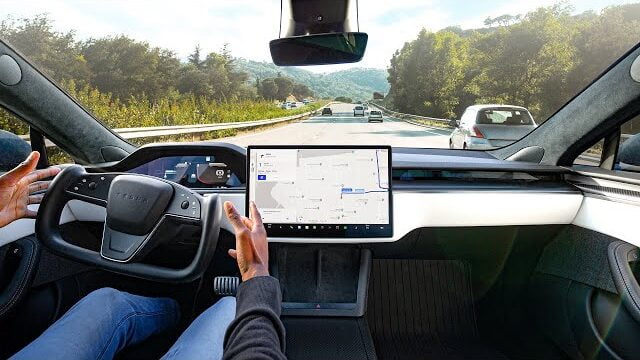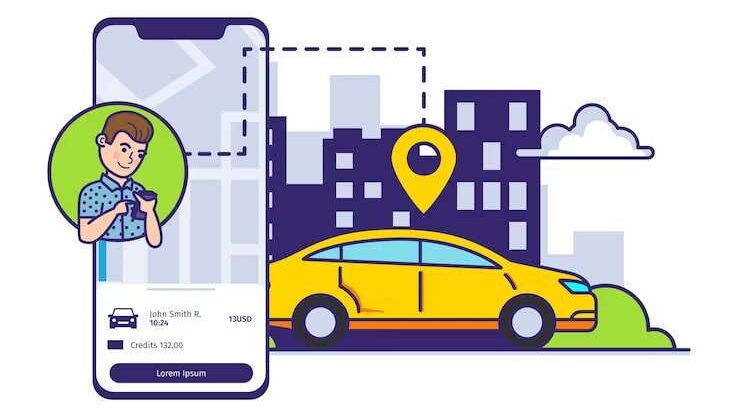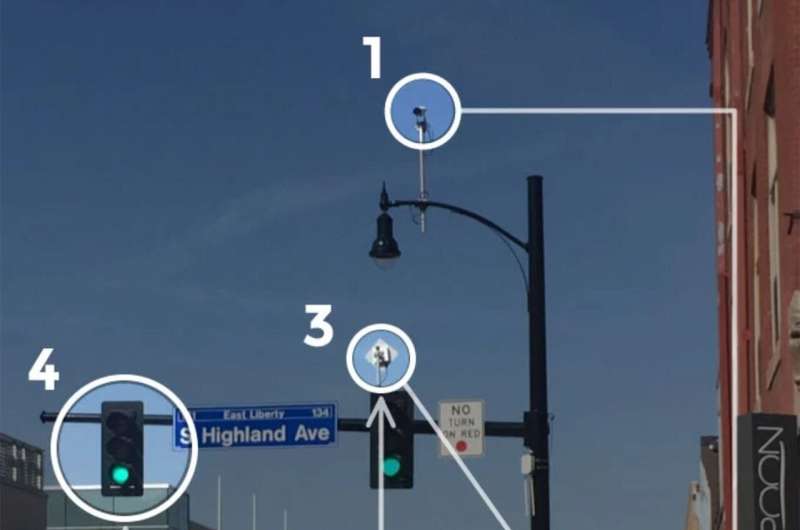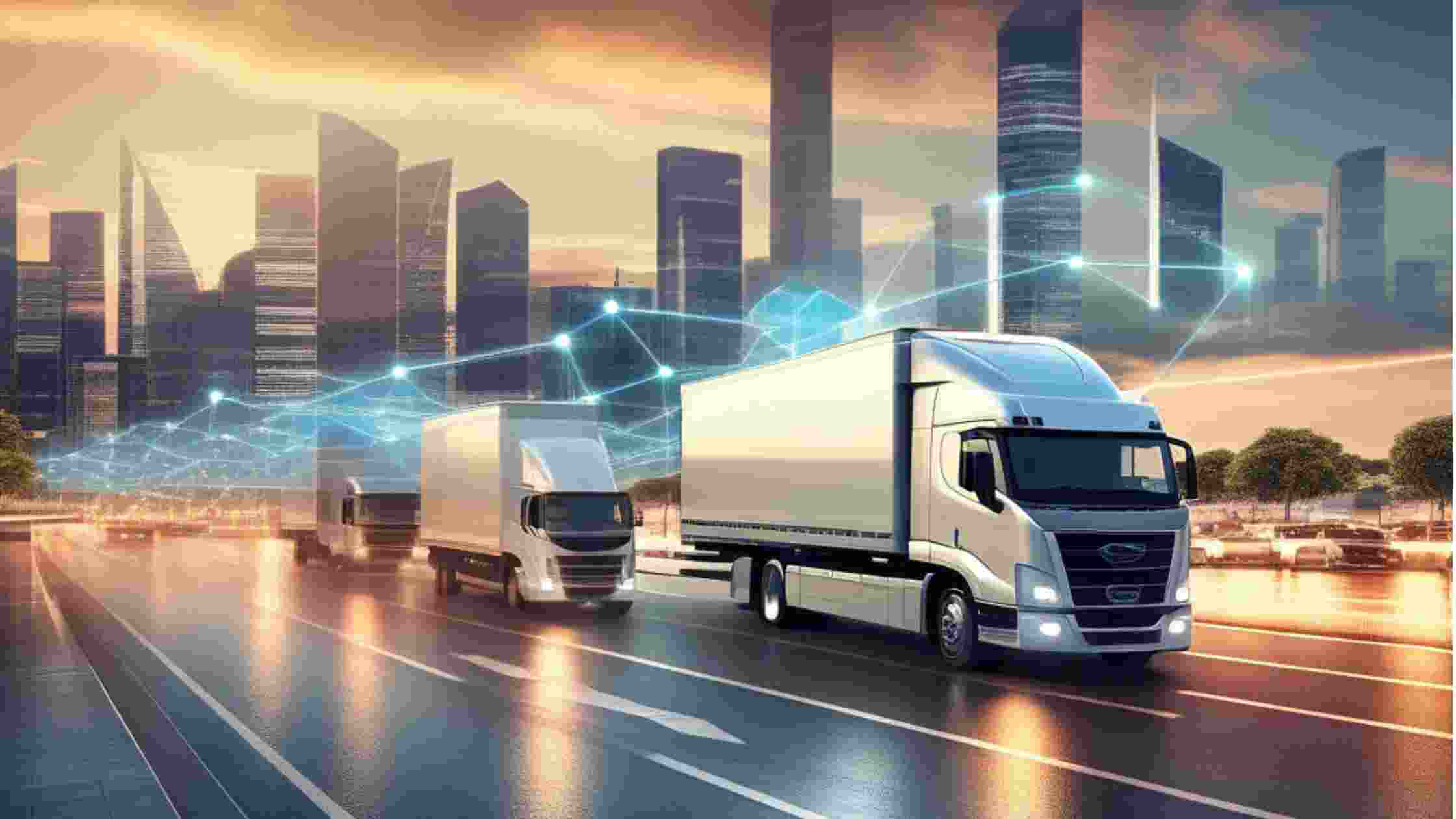Have you ever considered how AI is transforming the way we move from one place to another? From self-driving cars to traffic prediction algorithms, the possibilities seem endless.
AI helps to make transportation more efficient, safer, and cost-effective. It is used in various ways, such as self-driving vehicles, route optimization, demand prediction, and traffic management.
As AI continues to advance, it will play a crucial role in shaping the future of transportation, bringing about innovations that could change the way we travel and transport. In this blog, we will explore the benefits, future, and use cases of AI in the transportation sector.
Table of Contents
- Benefits of AI in Transportation
- Use Cases of AI in Transportation
- Real-World Examples of AI in Transportation
- Future of AI in Transportation
- FAQ’s
- Conclusion
Benefits of AI in Transportation

AI is improving the transportation industry by providing numerous advantages. Here are some of the key benefits of AI in transportation:
Increased Efficiency and Productivity
The major benefit is to increase efficiency and productivity. By using AI systems for tasks like route optimization, logistics companies can plan faster and more efficient routes for deliveries. This saves time and reduces fuel costs.
Enhanced Safety Measures
Another key benefit is to improve safety measures. AI can observe vehicle performance and alert drivers about potential issues before any failure happens. Self-driving cars use AI to detect obstacles and make safe driving decisions, reducing accidents caused by human mistakes.
Cost Reduction
AI is also helping to reduce costs in transportation. Predictive maintenance enabled by AI can identify when vehicle parts need repair or replacement, preventing costly minimize. Automated transportation systems require fewer human workers as well.
Better Decision Making
AI improves decision-making by providing valuable data-driven insights. It can analyze large amounts of data on things like traffic patterns, consumer demand, and supply chains to optimize transportation networks and services.
Overall, the benefits of AI in transportation are tremendous. From cutting costs and boosting productivity to making transportation safer and smarter. As the technology continues advancing, we can expect to see AI have an even bigger positive impact.
Use Cases of AI in Transportation

AI is used in different ways to improve transportation systems. Here are some common use cases for AI in transportation:
Route Optimization for Logistics and Delivery
AI algorithms can analyze data like traffic patterns, road conditions, and delivery locations to plan the most efficient routes. This helps logistics companies save time and fuel costs while meeting delivery deadlines.
Demand Prediction for Ride-sharing Services
Ride-sharing apps use AI to predict consumer demand in different areas at different times. This data helps them better distribute vehicles and set pricing to meet rider needs.
Monitoring Vehicle Health and Performance
AI systems can monitor data from sensors on vehicles to track performance metrics like fuel efficiency, engine operations, and maintenance needs. This enables predictive maintenance to prevent breakdowns.
Assistive Technologies for Drivers
AI powers in-vehicle assistants that provide voice controls and alerts for drivers. These can give directions, warn about hazards, and help drivers stay focused on the road.
Autonomous Vehicles
The most transformative use of AI is self-driving vehicles that can navigate without a human driver. AI systems can sense the environment, make driving decisions, and control the vehicle safely.
By applying AI in these ways, the transportation sector is becoming safer, more efficient, and better equipped to meet the evolving mobility needs of people and businesses.
Real-World Examples of AI in Transportation
To understand better how AI is impacting transportation, let’s look at some real-world examples:
Tesla’s Self-Driving Capabilities

Tesla vehicles are made with an AI system called Autopilot that can accelerate, and brake automatically. More advanced self-driving features are continuously being developed and rolled out through software updates. Tesla aims to achieve full self-driving capabilities in the future.
Uber’s Use of AI

The popular ride-sharing app Uber uses AI in several ways. It applies machine learning to predict rider demand and set pricing accordingly. AI also helps optimize routing and mapping for drivers. Uber is investing heavily in AI to further improve its services.
AI-Powered Traffic Management

The city of Pittsburgh has implemented AI-driven traffic signal controllers that can automatically adapt signal timings based on live traffic data. This AI-powered system has reduced traffic jams significantly.
Autonomous Truck Projects
Several companies are developing autonomous truck technology using AI systems:
- Waymo (Google) has been testing self-driving trucks to deliver freight.
- TuSimple autonomous trucks have driven millions of miles across the U.S.
- Plus.ai provides AI truck-driving systems to enhance driver safety.
These examples show how AI is being used in the real world to make transportation smarter, better, and more efficient.
Future of AI in Transportation
The future of transportation is being depend on rapid advancements in AI technology. Here are some of the biggest ways AI will transform mobility:
Autonomous Vehicles
Self-driving cars, trucks, drones, and other vehicles that can navigate entirely on their own are on the horizon. AI will power the sensors, cameras, and decision-making systems that allow these autonomous vehicles to operate safely without human intervention.
Intelligent Traffic Management
AI-driven traffic signals, road sensors, and vehicle communication systems will coordinate to actively manage traffic flows and patterns. This smart traffic management can reduce congestion, emissions, and travel times in cities.
Predictive Vehicle Maintenance
Using AI to continuously monitor vehicle performance data will allow for highly accurate predictive maintenance. Parts can be repaired or replaced before they malfunction, preventing breakdowns.
Personalized Mobility Services
AI and data analytics will enable new personalized transportation services tailored to each user’s needs, preferences, and routines. From route planning to schedule integration, mobility will become a seamless experience.
While there are still technical and regulatory hurdles, the future of AI in transportation promises greater safety, sustainability, efficiency, and convenience than today’s systems. The adoption of AI is essential for developing smarter mobility solutions.
FAQ’s
AI can help optimize public transportation routes, schedules, and vehicle deployments based on demand patterns. It can also power intelligent traffic management systems to reduce congestion and delays for buses and trains.
AI is used in trains to predict when parts may break so they can be fixed before problems happen. It is also used for automated signals that control train traffic.
Smart technology in transportation refers to advanced systems and devices that use AI, sensors, and data analytics to make transportation more efficient, safer, and sustainable.
Conclusion
In conclusion, AI in transportation is rapidly transforming the industry, offering many benefits like increased efficiency, enhanced safety, cost savings, and better decision-making. As AI in transportation continues to advance, we can expect even more innovative solutions like fully autonomous vehicles, intelligent traffic management systems, and personalized mobility services. By embracing AI in transportation, the future promises to be smarter, greener, and more convenient for people and businesses alike.


2 thoughts on “AI in Transportation: Benefit, Future, Use Case and Example”